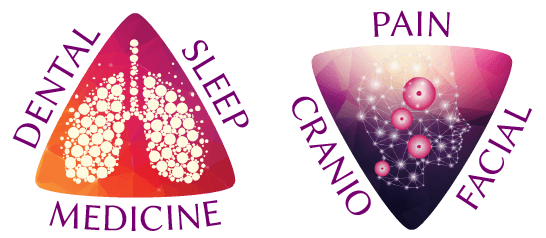Sleep Apnea Disordered Breathing
What is sleep apnea disordered breathing (SADB)?
SADB describes a number of nocturnal breathing disorders, which include the following:- Obstructive sleep apnea (OSA) is the most common form of SADB. The muscles at the back of the throat relax so much that they obstruct the upper airway interrupt breathing and cause mini-awakenings called arousals.
- Central sleep apnea (SCA) occurs when the brain stops sending signals to the respiratory system: the airway remains open but breathing stops.
- Nocturnal hypoventilation (NH) is manifested by a reduced rate and depth of breathing, occurring due to the loss of muscle tone during sleep and especially during REM sleep. It occurs in patients with chronic obstructive pulmonary disease, neurological impairments, restrictive diseases (eg, scoliosis) and obesity.
- Cheyne-Stokes respiration (CSR) is characterized by crescendo and decrescendo periods of breathing accompanied either by five of more central apneas or hypopneas per hour of sleep or a cyclic crescendo and decrescendo change in breathing amplitude that last at least ten minutes.
What is obstructive sleep apnea (OSA)? - OSA is a partial to complete collapse of the upper airway caused by relaxation of muscles controlling the soft palate and tongue.
- Person experiences apneas, hypopneas and flow limitation
- Apnea: a cessation of airflow for 10 ≥ seconds
- Hypopnea: decrease in airflow lasting ≥ 10 seconds with a 30% reduction in airflow and at least 4% oxygen desaturation from baseline
- Flow limitation: narrowing of the upper airway and an indication of an impending upper airway closure
- Pharynx is collapsed;
- Airflow is blocked
Prevalence of sleep apnea- 1 in 5 adults has mild OSA
- 1 in 15 has moderate to severe OSA
- 9% of middle-aged women and 25% of middle-aged men suffer from OSA
- Prevalence is similar to asthma and diabetes (20 million and 23.6 million respectively in US population)
- 75% of severe SADB cases remain undiagnosed
LEARN MORE
- Obstructive sleep apnea (OSA) is the most common form of SADB. The muscles at the back of the throat relax so much that they obstruct the upper airway interrupt breathing and cause mini-awakenings called arousals.
- Central sleep apnea (SCA) occurs when the brain stops sending signals to the respiratory system: the airway remains open but breathing stops.
- Nocturnal hypoventilation (NH) is manifested by a reduced rate and depth of breathing, occurring due to the loss of muscle tone during sleep and especially during REM sleep. It occurs in patients with chronic obstructive pulmonary disease, neurological impairments, restrictive diseases (eg, scoliosis) and obesity.
- Cheyne-Stokes respiration (CSR) is characterized by crescendo and decrescendo periods of breathing accompanied either by five of more central apneas or hypopneas per hour of sleep or a cyclic crescendo and decrescendo change in breathing amplitude that last at least ten minutes.
- OSA is a partial to complete collapse of the upper airway caused by relaxation of muscles controlling the soft palate and tongue.
- Person experiences apneas, hypopneas and flow limitation
- Apnea: a cessation of airflow for 10 ≥ seconds
- Hypopnea: decrease in airflow lasting ≥ 10 seconds with a 30% reduction in airflow and at least 4% oxygen desaturation from baseline
- Flow limitation: narrowing of the upper airway and an indication of an impending upper airway closure
- Pharynx is collapsed;
- Airflow is blocked
- 1 in 5 adults has mild OSA
- 1 in 15 has moderate to severe OSA
- 9% of middle-aged women and 25% of middle-aged men suffer from OSA
- Prevalence is similar to asthma and diabetes (20 million and 23.6 million respectively in US population)
- 75% of severe SADB cases remain undiagnosed
